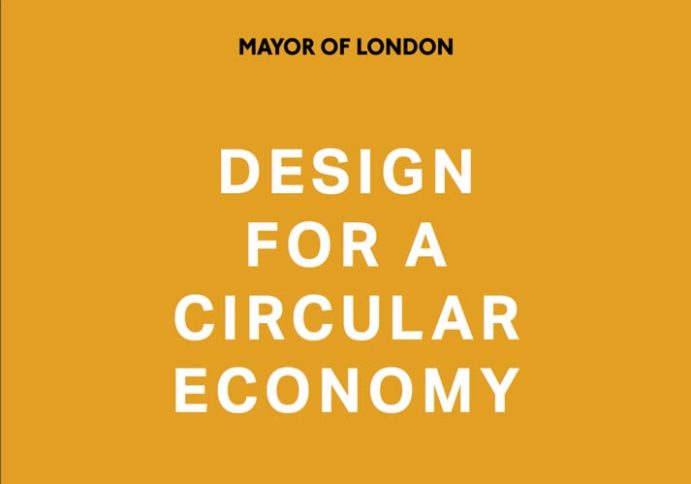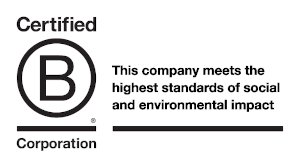Ground breaking Circular Economy planning policy
The UK construction industry’s appetite for over 50% of the UK’s total raw material demand and its role as producer of over 60% of the UK’s total waste has come under increased scrutiny over the last few years.
From 2020, Policy SI7 in the Draft New London Plan will include a requirement for referable schemes to submit a Circular Economy Statement – a world first for a local authority. Developers are going to have to demonstrate how their design decisions enable efficient and sustainable resource use, minimal waste generation by designing for modularity, flexibility, disassembly and reuse, and managing operational waste including municipal solid waste as high up the Waste Hierarchy as possible.
The Mayor of London and LWARB commissioned Useful Projects to develop the guidance for the policy and to co-author the policy’s primer ‘Design for a Circular Economy’ in collaboration with Penoyre & Prasad, the UKGBC, Clarion, Argent, Lendlease, AECOM and others.
So what?
The Circular Economy is a complex concept and the success of policies such as the Mayor’s depends on making design choices that are attainable but also impactful. In order to be effective, a policy’s mechanism must require clients to commit to setting ambitious briefs, developers to explore new commercial opportunities and contractors and suppliers to seek technical innovation; much like the Institution of Civil Engineer’s Project 13, the Circular Economy demands collaboration across all stakeholders from inception to completion. Stakeholders will be required to demonstrate their compliance through submissions of quantitative evidence such as bill-of-quantities, carbon calculations, leasing agreements and management contracts, or qualitative evidence such as optioneering studies, innovation projects or business collaborations.
The measure of success will be to what level of rigor the responsible planning authority or institution will assess the industry’s compliance with their guidance and goals.
Further, planning authorities will need to lead by example and go beyond developing frameworks, policies and guidance, but take a more pro-active role in building new partnerships, stimulating innovation and participating in the delivery of the Circular Economy.
Greta Thunberg wants us to “act as if our house is on fire” and this action must also enable the transition from a linear to the Circular Economy – in the face of the economic disruption caused by Covid-19 this becomes more evident than ever.
Download our Circular Economy Portfolio (3.6MB PDF)
Part II – Five steps to success for a Circular Economy in the built environment
Part IV – Infrastructure and the Circular Economy




